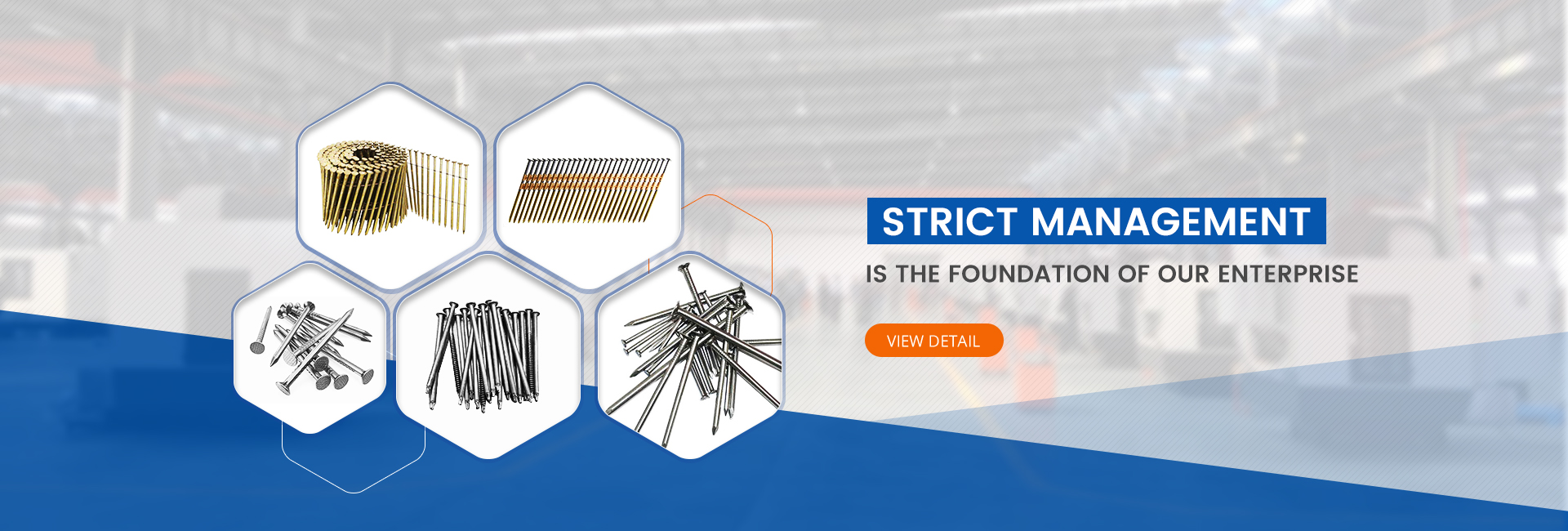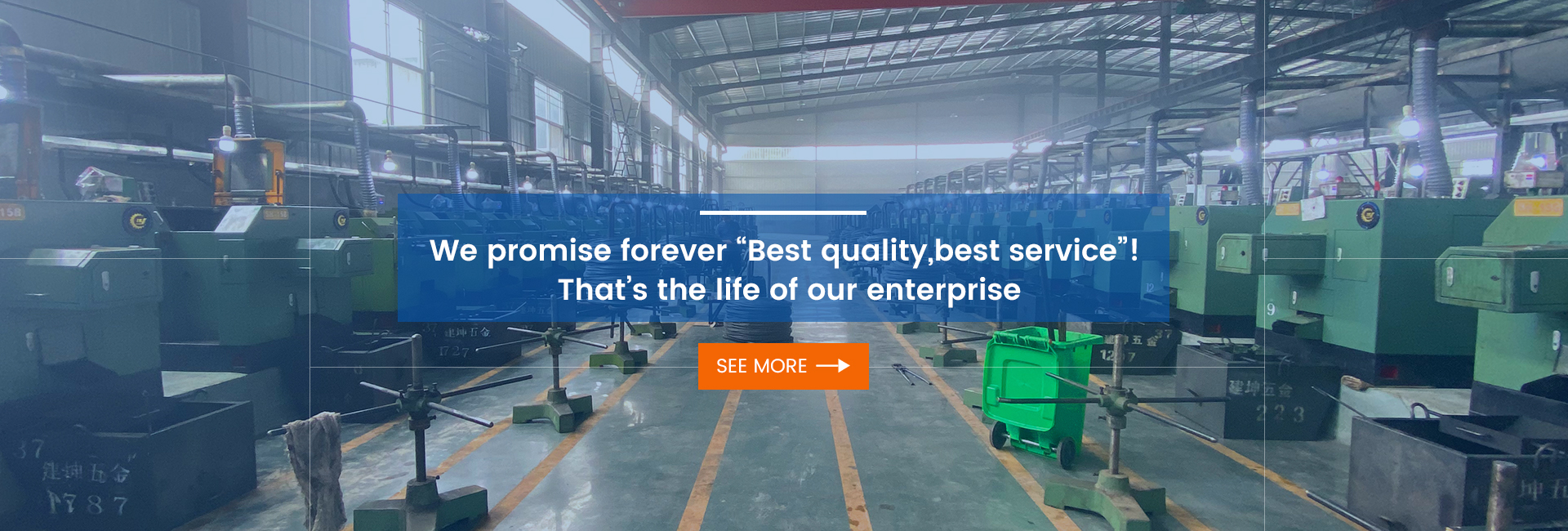Nails, as one of the most fundamental hardware components, play an indispensable role in construction, furniture manufacturing, decoration, and more. Despite their simple appearance, the nail industry is rich in technological innovation and market dynamics. In recent years, with the continuous development of new materials, new processes, and intelligent manufacturing technologies, the nail industry is undergoing significant transformation and upgrading.
Technological Innovation Drives Industry Development
Firstly, the continuous advancement of nail manufacturing technology is a crucial driving force for industry development. Traditional nail production mainly relies on mechanical processing, but in recent years, the introduction of advanced processes such as laser cutting, cold forging, and heat treatment has significantly improved production efficiency and quality. For example, laser cutting technology not only speeds up production but also ensures the precision and consistency of nails. Additionally, the application of heat treatment processes has enhanced the hardness and corrosion resistance of nails, extending their service life.
Secondly, the use of new materials is also an important trend in the nail industry. The application of high-strength steel, titanium alloys, stainless steel, and other new materials has not only improved the performance of nails but also expanded their application fields. For instance, stainless steel nails are widely used in outdoor construction and marine engineering due to their excellent corrosion resistance, while titanium alloy nails, characterized by their lightweight and high strength, have become crucial components in the aerospace field.
Diversified Market Demand
The market demand for nails is showing a trend of diversification. On the one hand, with the popularization of green building concepts, eco-friendly nails are gradually gaining market favor. Eco-friendly nails are produced using recyclable materials and reduce the use of harmful substances during manufacturing, meeting the requirements of sustainable development. On the other hand, the rise of smart homes and prefabricated buildings has set higher standards for the performance and functionality of nails. The development and application of new types of nails, such as self-tapping screws and expansion nails, have made nail installation more convenient and efficient.
Industry Challenges and Future Outlook
Despite the promising prospects for the nail industry, it also faces some challenges. Firstly, fluctuations in raw material prices pose a challenge to cost control for nail manufacturing companies. Secondly, the uncertainty of the international trade environment presents risks for export companies. To address these challenges, companies need to strengthen supply chain management, improve production efficiency, and actively explore diversified markets.
In the future, with the further development of intelligent manufacturing technology, nail production will become more automated and intelligent. Through the application of the Internet of Things and big data technologies, companies can achieve real-time monitoring and optimization of the production process, thereby improving production efficiency and product quality. Additionally, the nail industry will place greater emphasis on green and sustainable development.
In conclusion, the nail industry is in a phase of rapid development driven by technological innovation and diversified market demand. By continuously improving production technology, optimizing product structure, and enhancing environmental awareness, the nail industry is poised for a broader development space and a brighter future.
Post time: Jul-24-2024



